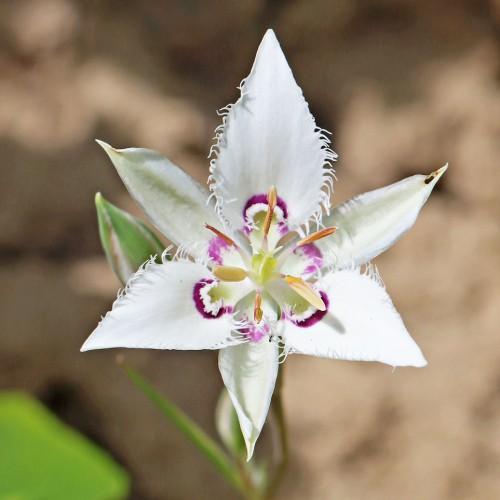
Lyall's Mariposa Lily
Calochortus lyallii
Watering:
Minimal
Hardiness Zone:
5
Flowers:
Flowers
Sun:
Partial Shade, Shade
Soil:
Clay, Sand, Loam
Cones:
Yes
Leaf:
Yes
Growth Rate:
Low
Drought Tolerant:
Yes
Salt Tolerant:
Yes
Thorny:
Yes
watering
Yellow-Cedar should be watered deeply and thoroughly once a week. In order to be able to properly water the plant, the soil should be checked for moisture before watering. For best results, it is recommended to water the plant in the morning so that the foliage will be dry by nightfall, which helps to prevent fungal diseases. In periods of drought or extreme heat, it is advisable to increase watering frequency slightly. If the plant is grown in a container, it should be checked for moisture every few days and watered as needed. However, avoid overwatering when possible.
sunlight
Yellow-Cedar grows best in bright, indirect sunlight throughout most of the day. Ideal exposure for this species is about 4 to 6 hours of sun each day, with protection from the scorching mid-day sun rays. Providing optimal light conditions for yellow-cedar will create full, dense foliage and encourage its lush, upright growth.
pruning
Yellow Cedar should be pruned in the late winter or early spring (February-April) when it is still actively growing. Prune only when new growth begins and avoid pruning before new growth appears. Pruning should be moderate, removing only a quarter of the plant's growth each year. This will help promote strong growth and maintain the plant's natural form and size. Pruning should focus on removing dead or diseased branches, as well as any awkward or compacted shoots. Any branches growing in undesirable directions can also be removed.
